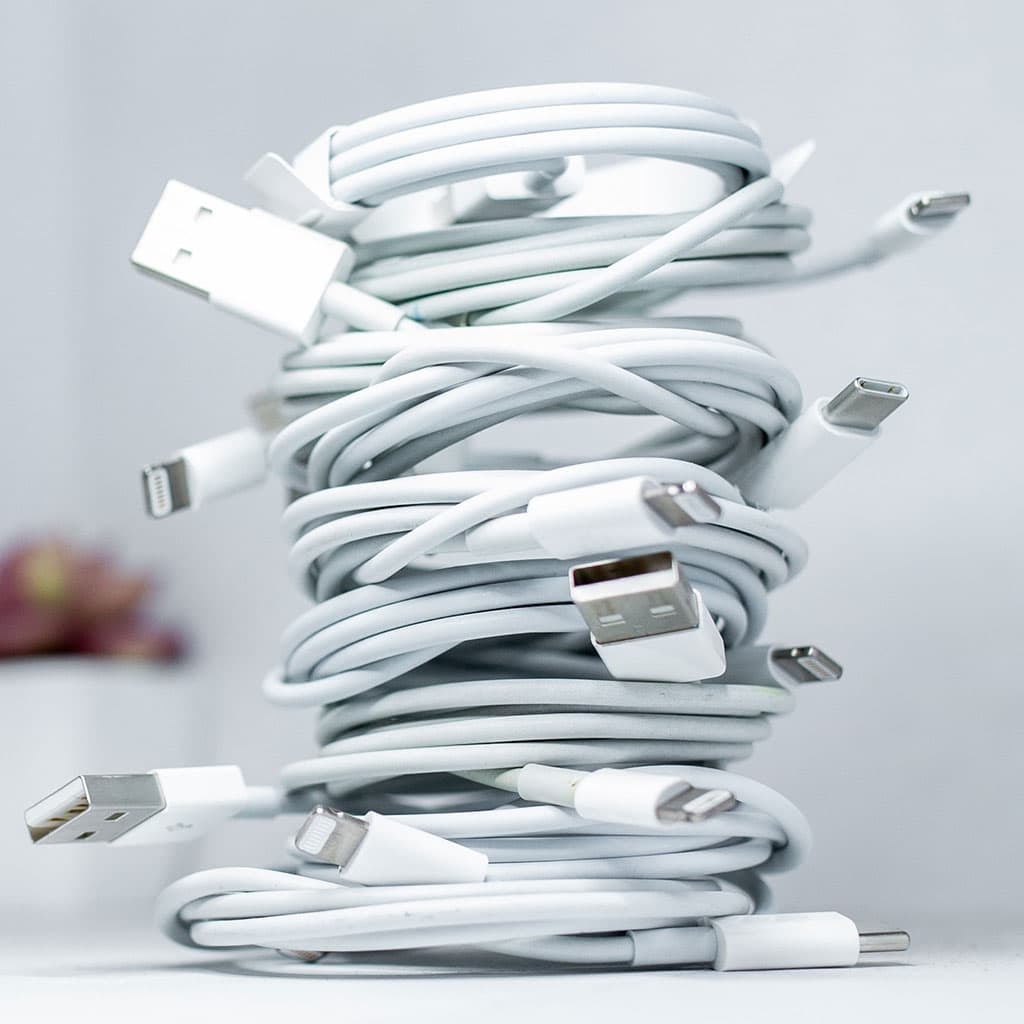What cable does an iPad use?
What cable does an iPad use?
Understanding the appropriate cable for your iPad is essential for efficient charging, data transfer, and connectivity. Explore the diverse range of cables compatible with iPads and their varying functionalities in this comprehensive guide.
Discover the magical cable that connects your iPad to the world!
iPads primarily use two types of cables: Lightning cables and USB-C cables. The specific type of cable required depends on the iPad model and its port configuration.
- Lightning Cable: Older iPad models, such as the iPad Air, iPad mini, and some earlier generations of the standard iPad, use Lightning cables for charging and data transfer. The Lightning cable has a smaller connector that plugs into the port located at the bottom of the device. These cables are recognizable by their narrow shape with eight pins inside.
- USB-C Cable: Recent iPad models, including the iPad Pro models and the updated iPad Air, feature USB-C ports. USB-C cables offer faster data transfer rates and enhanced charging capabilities compared to Lightning cables. The USB-C port is larger and more symmetrical, allowing for reversible connections, and it’s widely used in many modern devices beyond just Apple products.
It’s important to note that while Lightning cables are specific to Apple devices, USB-C is a universal connector found in many other devices, including Android phones, laptops, and accessories. USB-C has become increasingly prevalent due to its versatility and faster data transfer speeds.
When purchasing a cable for an iPad, it’s crucial to ensure compatibility with the specific iPad model to avoid any charging or connectivity issues. Additionally, for data transfer or connecting the iPad to other devices like computers or external displays, the appropriate cable and connectors need to be compatible on both ends.
Moreover, Apple also offers various adapters and dongles that allow compatibility between different cable types. For instance, there are adapters that convert Lightning to USB-C or vice versa, allowing users to connect older accessories or devices to newer iPads.
Always refer to the iPad’s specifications or user manual to identify the correct cable type and ensure compatibility for charging, data transfer, or connecting to other devices.
Which iPad models specifically use Lightning cables, and which ones have transitioned to USB-C?
Sure, here’s a breakdown of iPad models and their respective cable types:
iPad models that utilize Lightning cables include the earlier generations of the standard iPad (like the iPad 4th generation and earlier), iPad mini series up to the iPad mini 4, and some versions of the iPad Air, such as the iPad Air 2. These models are equipped with a Lightning port, which requires a cable with a Lightning connector for charging, data transfer, and connecting to other devices. The Lightning connector is characterized by its smaller size and eight pins arranged inside the connector.
On the other hand, iPad models that have transitioned to USB-C connectors include the iPad Pro series (starting from the iPad Pro 2018 models and later iterations) and the more recent models of the iPad Air (such as the iPad Air 4th generation). These iPads are designed with USB-C ports instead of Lightning ports. USB-C offers advantages such as faster data transfer rates, a reversible connector design, and compatibility with various third-party USB devices. The USB-C port allows for a more versatile and faster-charging experience, accommodating a wider range of accessories and peripherals. Additionally, USB-C cables are often known for being more durable and supporting faster charging than some Lightning cables. They also enable the use of shorter or longer cables depending on the user’s preference and offer compatibility with a variety of power adapters and third-party USB devices due to the standardized USB port.





You must be logged in to post a comment.